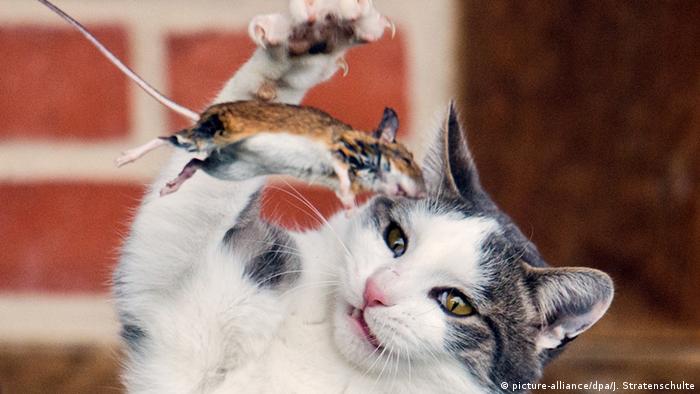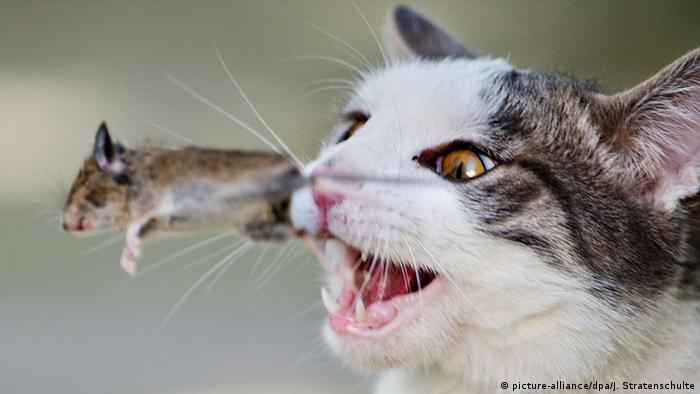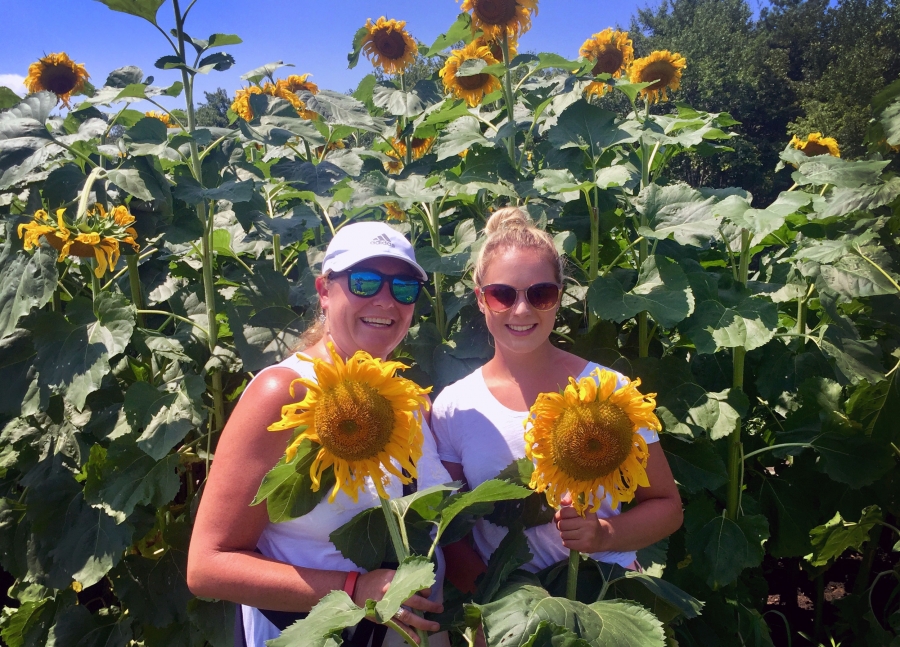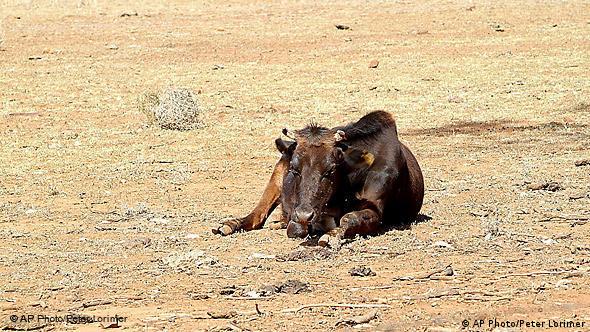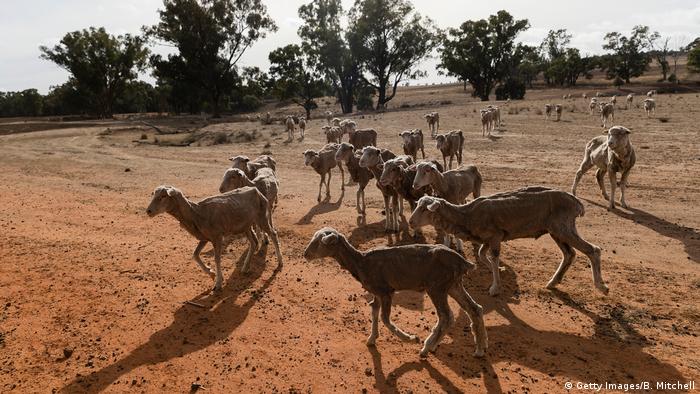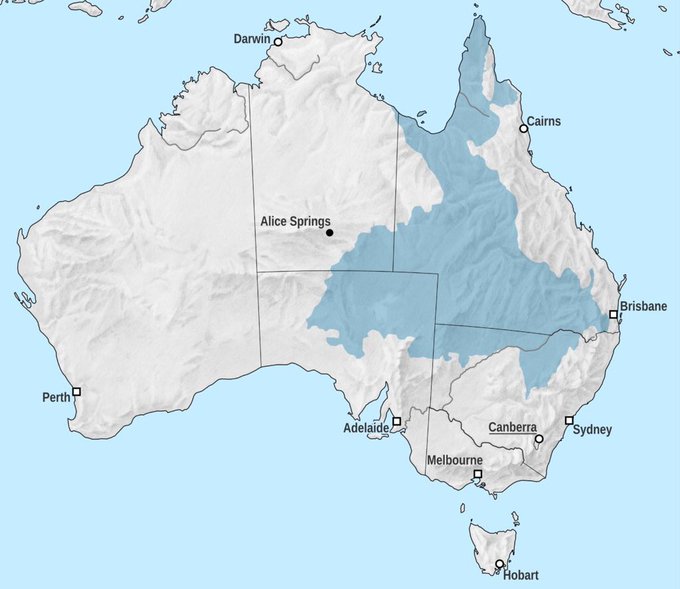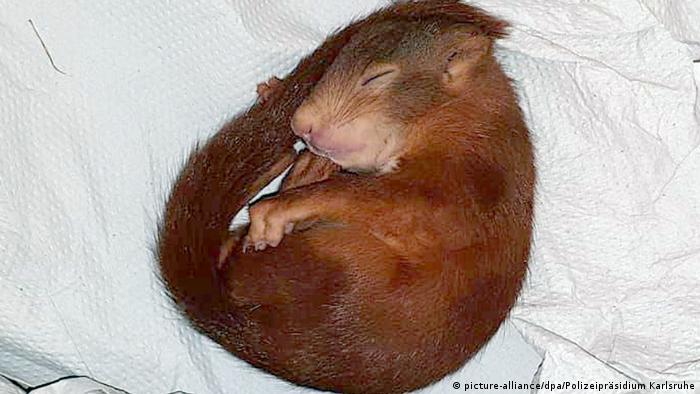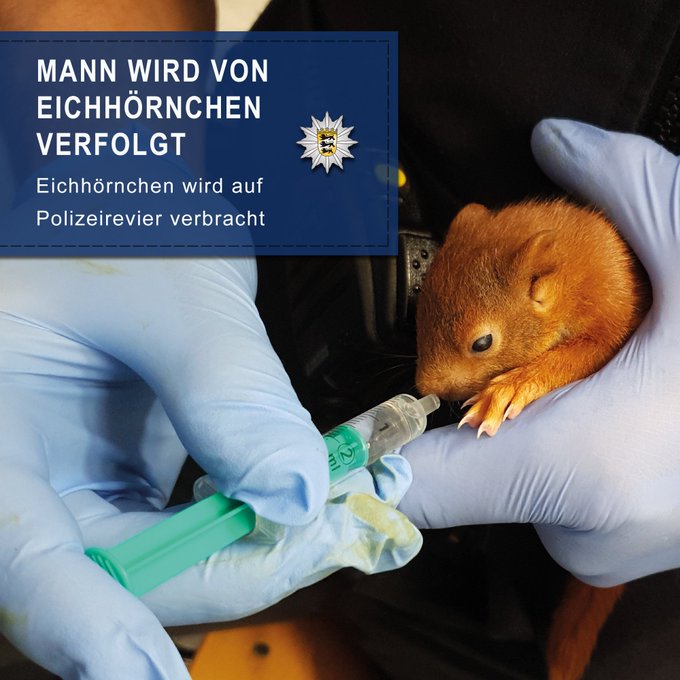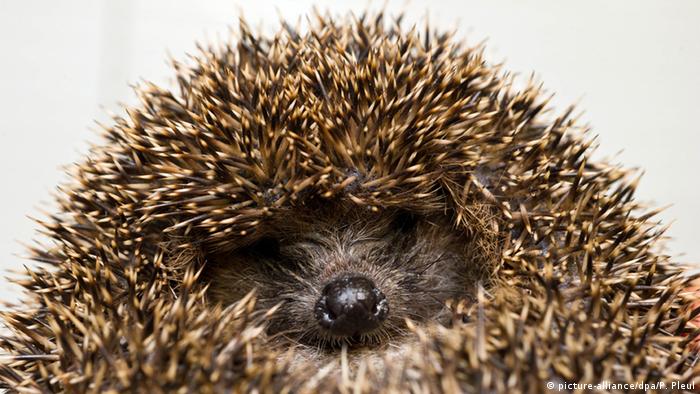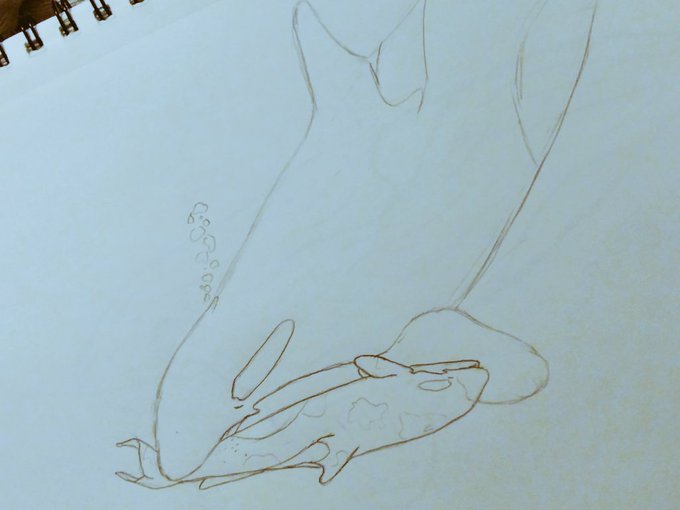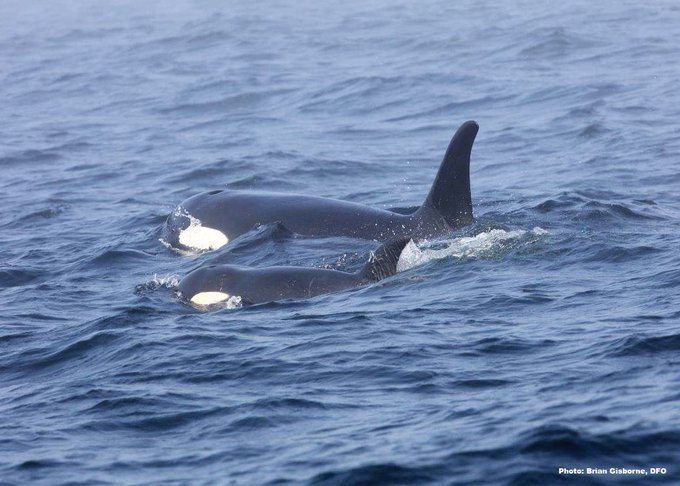smile
your choice,give me a dog anyday yay!!! ha'
WORLD CAT DAY
Cats are neither mean nor cruel
Cats torture mice to death, play with their victims and ignore us even though we are so good to them. In other words, they are unlike dogs. But there is a reason for this, and it isn't personal.
![]()
There are days when even the most convinced cat owners wish they had a dog instead. For instance, when they come home and are not greeted with exuberant, tail-wagging joy. How good it would be for the ego!
Instead, as a cat owner, you hope that the cat at least notices that you are back. And above all, that it isn't offended that you left it alone for so long. If you are lucky, the cat might greet you at the door and lovingly circle around your legs a few times. But whatever greeting you get, it is never as enthusiastic as that displayed by a dog.
They don't care — or do they?
"Dogs have masters, cats have staff," goes a saying. Dogs cling to their owners, cats only to one place. But Dennis Turner doesn't see it that way. He is a Swiss-American biologist researching the relationship between humans and domestic cats, and director of the Institute for Applied Ethology and Animal Psychology he founded in Horgen, near Zurich.
"Cats that have been socialized to humans as kittens develop genuine social relationships with their owners and do not regard them merely as can openers," he told DW. "They miss their owner, for example during a holiday stay — even if they may only give them the cold shoulder on their return."
![]()
Cats are living in eight million German households. The numbers are rising.
In 2015, a study found that the emotional attachment of cats to their owners is different from that of dogs and their owners.
Alice Potter and Daniel Simon Mills from the University of Lincoln in the UK examined 20 cats and their owners, using a method that was actually developed for small children.
The method, called the "stranger situation test," checks whether the child feels securely bound to its mother, which indicates a healthy development in humans. Similarly, this kind of connection between dogs and their owners was proven.
But the cats and their owners failed the test. "These results confirm the view that adult cats are typically quite independent, even in their social relationships," the authors write in the journal
Plos One. "Cats don't need anyone else to give them a sense of security."
This does not mean, however, that cats generally have no ties to their owners, Potter and Mills say.
Prefer being alone than with others
There is a simple reason for why cats are so different from dogs — and thus also in their relationships to humans: "Cats are originally loners and independent," explains Dennis Turner. They did not live in large packs with a clear social structure like the ancestors of the dogs — the wolves.
The ancestor of the domestic cat is the African wildcat (Felis silvestris lybica). This subspecies can be found in North Africa, on the Arabian Peninsula and as far as the Caspian Sea. It is only slightly aggressive and therefore easy to tame.
Domestication probably began about 9,500 years ago in Cyprus, French researchers reported in the journal
Science.
The African wildcat only eats small animals: mice, rats, birds and reptiles. It therefore hunts alone — like most pantherine cats it does not need the help of its conspecifics. The only exception are lions. They live like wolves in packs and hunt and eat together, which is extremely unusual for cats.
Wild cats may form larger groups of up to a few dozen animals, which join forces to drive out invaders from their territory. They also build social relationships with other cats. But ultimately, everyone relies on themselves. This is how they have lived for thousands of years — domestication notwithstanding.
Watch video04:42
What makes cat videos so compelling?
Submission? Nope!
"Socialization during the first two to eight weeks makes cats socially attached — on a voluntary basis," says Turner. How tame a cat becomes towards people depends on its experiences in early life, the late Patrick Bateson from the University of Cambridge wrote in his book
The Domestic Cat: The Biology of its Behaviour. Bateson had been researching cats for a long time.
The character of the father also influences how friendly a cat is towards people. Since many kittens never see their father, it is assumed that tameness is also learned.
"However, cats retain their independence, which is very much appreciated by most cat owners," Turner adds. No matter how friendly they are, to submit themselves to humans for the sake of peace is not a characteristic of cats. If something doesn't suit them, they defend themselves — if necessary with scratching and biting.
As loners, cats also lack the diverse communication repertoire that dogs have as pack members. For example, cats tend to show that they are unwell by urinating inside. This "protest pee" signals that they are under stress. As cats are strong creatures of habit, they don't cope well with changes. But many owners misinterpret the behavior and assume the cat is offended or angry.
![]()
That looks cruel — from our perspective.
Why doesn't she just kill the poor mouse?
Cats have a reputation for cruelty for one reason in particular: they have a tendency to play with mice and other prey until the victims are totally overcome with fear.
"Cats are opportunistic hunters and must be ready to stalk and catch any prey they discover by chance — even if they're not hungry," Turner explains. By playing with the live prey, the cat is acting out this inner conflict. "It seems cruel, but it is a necessary process developed by evolutionary selection."
As early as the 1970s, researchers studied why cats play with their prey instead of killing them immediately. The bigger and more dangerous the prey, the longer the cat plays with it, reported Maxeen Biben from the University of North Carolina in Chapel Hill, USA, in the journal
Animal Behaviour. Rats stayed alive longer than mice.
Biben assumed then that cats were just careful — the bigger the prey, the more dangerous it could be for the cat. Therefore, cats approached slowly and played it safe before they came close enough to the animal that they could kill it with a bite. Biben also found that the hungrier the cat actually is, the faster it kills.
Humans tend to attribute human qualities to animals. In this vein, perhaps we can understand that the typical behaviour of cats — often seemingly aloof and indifferent — is only their way of life as loners in this world, as has been proven by the course of evolution.
CAT CULTS AND CULT CATS
Fat, lazy and with a philosophical bent
Garfield's comic strip dates back to the late 1970s. A bored and cynical creature, he shares the house with Odie, an intellectually disadvantaged dog, and Jon, a human being with a lonely streak. It's the perfect situation: Should Garfield disapprove of something, he can take it out on Jon and Odie. In 2004 the lasagna addict made the silver screen; two films followed.
1234567891011
DW RECOMMENDS
Cats are neither mean nor cruel | DW | 08.08.2018























